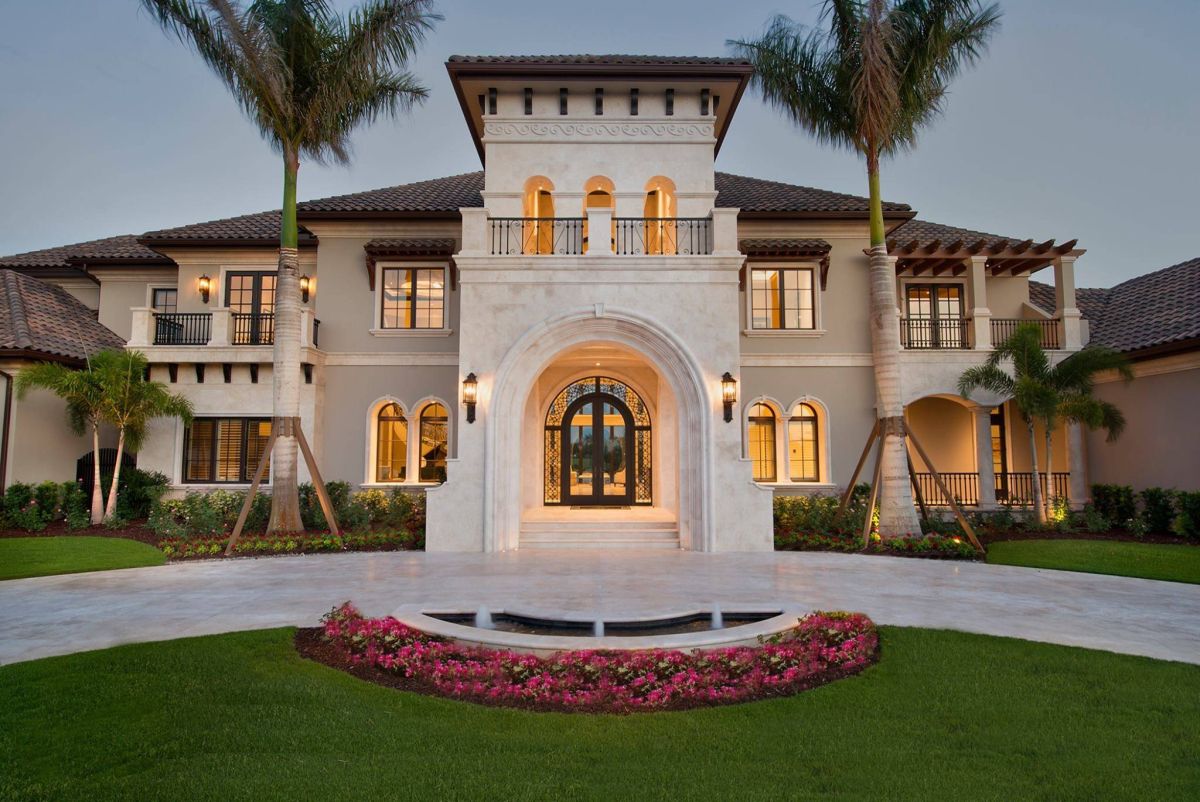Sustainable house design is becoming increasingly popular as people recognize the importance of living in an environmentally-friendly and energy-efficient home. In today’s world, where climate change is a pressing issue and natural resources are limited, designing a sustainable house is more than just a trend, it’s a necessity. A sustainable house design focuses on reducing the environmental impact of the house while providing a comfortable living space for its inhabitants. Victory Home Remodeling entails a range of considerations, from the materials used to construct the house to the energy sources that power it.
A sustainable house design aims to minimize the carbon footprint of the house and the people living in it. It seeks to create a healthy, resource-efficient, and environmentally-friendly living space. A sustainable house design often includes features such as passive solar design, energy-efficient appliances, rainwater harvesting, and use of recycled materials. The design also aims to provide a healthy indoor environment, which includes proper ventilation, the use of non-toxic materials, and natural lighting.
Incorporates eco-friendly materials
When we talk about sustainable house design, one of the key principles is the use of eco-friendly materials. This means incorporating materials that have a lower impact on the environment, both during their production and disposal. Examples of eco-friendly materials include recycled or salvaged wood, bamboo, cork, and natural stone.
These materials are not only renewable, but they also have a lower carbon footprint compared to traditional building materials like concrete and steel. Using eco-friendly materials in construction also helps to reduce waste and conserve natural resources. By choosing sustainable materials for your home, you can create a healthier living space for yourself and your family while also contributing to a more sustainable future.
Emphasizes energy efficiency
- One of the key features of a sustainable house design is its emphasis on energy efficiency.
- This means that the house is designed to use less energy than a traditional home, which not only reduces its carbon footprint but also saves the homeowner money on utilities in the long run.
- Some of the ways in which a sustainable house design achieves energy efficiency include the use of energy-efficient appliances and lighting, the installation of insulation and weather sealing to reduce heating and cooling losses, and the incorporation of passive solar heating and cooling techniques.
- Other features may include the use of renewable energy sources, like solar panels or wind turbines, to power the home, as well as the implementation of smart home technology that allows for more efficient control of energy usage.
- By emphasizing energy efficiency, a sustainable house design helps to promote a more sustainable future while also providing practical benefits for homeowners.
Reduces environmental impact overall
One of the key elements of a sustainable house design is its ability to reduce the environmental impact overall. This means taking into consideration the materials used, the energy sources, and the waste management system. By using renewable energy sources such as solar panels or wind turbines, a sustainable house can significantly reduce its carbon footprint and even generate energy for the grid.
Additionally, sustainable materials such as bamboo, recycled steel, or reclaimed wood can be used in construction to reduce the negative impact on the environment. Finally, a sustainable house design should incorporate a waste management system that minimizes waste and promotes recycling and composting. Overall, a sustainable house design aims to minimize its impact on the environment and contribute to a more sustainable future.
A sustainable house design is one that is created with the environment in mind, using materials and techniques that minimize the impact on the planet. It is designed to be energy-efficient, with features such as passive solar heating, proper insulation, and efficient lighting.
Additionally, a sustainable house design takes into account the use of renewable resources, such as solar panels and rainwater harvesting systems, to reduce reliance on non-renewable resources. By incorporating these elements into a home’s design, it is possible to create a more sustainable living space that not only benefits the environment but also provides a healthier and more comfortable living environment for its occupants.

